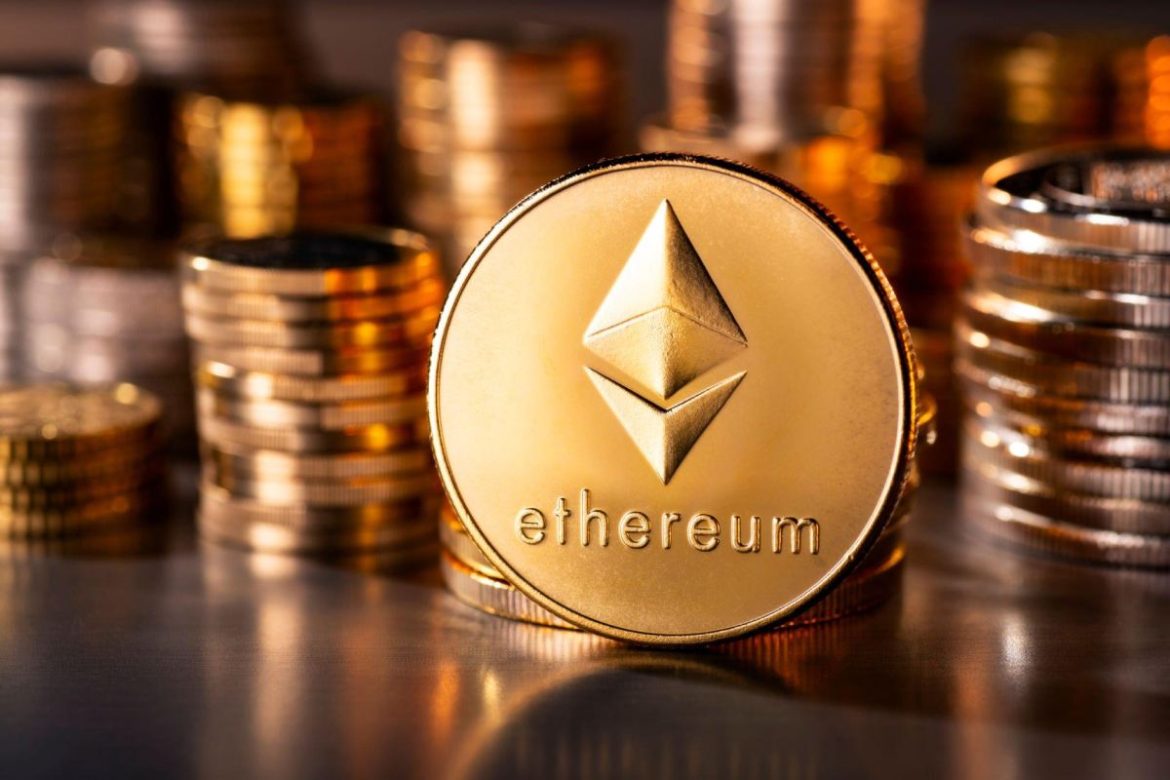Ethereum Improvement Proposals serve as a mechanism for introducing enhancements, standardizing protocols, and addressing community concerns. In this article, we will delve into the types of Ethereum improvement proposals and the process of creating & implementing EIPs. If trading Ethereum appeals to you, you might also think about using Ethereum trading platform such as Ethereum Code app, the newest craze in cryptocurrency trading.
Different Types of Ethereum Improvement Proposals
Ethereum – Improvement Proposals (EIPs) come in various forms, each addressing different aspects of the Ethereum ecosystem. These proposals play a crucial role in enhancing the protocol, improving network efficiency, standardizing smart contract interfaces, and introducing new token standards. Understanding the different types of EIPs is essential to grasp the breadth and depth of the [Ethereum] community’s contributions.
One category of EIPs is Core EIPs. These proposals focus on making enhancements to the Ethereum protocol itself. They can include improvements to consensus mechanisms, transaction processing, virtual machine upgrades, or changes to the underlying architecture. Core EIPs have a direct impact on the overall functionality and performance of the Ethereum network.
Another type is Networking EIPs, which aim to optimize the efficiency of network communication within the Ethereum ecosystem. These proposals address issues such as bandwidth usage, peer-to-peer connectivity, and data synchronization among network participants. By improving the networking infrastructure, Ethereum can handle larger transaction volumes and provide a better user experience.
Interface EIPs play a significant role in standardizing smart contract interfaces. These proposals define conventions and guidelines for interacting with smart contracts, making it easier for developers to build decentralized applications (dApps) that are compatible across the Ethereum ecosystem. Interface EIPs ensure consistency in contract structures, function signatures, and data formats, enabling seamless integration between different applications and platforms.
ERC (Ethereum Request for Comment) EIPs are another crucial category. These proposals focus on introducing new token standards and interfaces within the Ethereum ecosystem. The ERC standards define how tokens can be created, transferred, and interacted with on the Ethereum blockchain. Popular examples include ERC-20 for fungible tokens and ERC-721 for non-fungible tokens (NFTs). ERC EIPs have played a significant role in the growth of decentralized finance (DeFi) and the explosion of the NFT market.
The Process of Creating and Implementing EIPs
The first stage of the EIP process is the proposal stage. Anyone in the Ethereum community can submit an EIP by writing a formal document outlining the proposed improvement. This document should provide a clear description of the problem being addressed, the proposed solution, and the potential impact on the ecosystem. The proposal is typically shared on platforms such as GitHub or Ethereum’s official EIP repository, where it can be reviewed and discussed by the community.
Once a proposal is submitted, it enters the draft stage. During this phase, the community engages in active discussions and provides feedback on the proposal. This feedback can include suggestions for improvement, identification of potential issues, or alternative approaches. The goal of the draft stage is to gather diverse perspectives and refine the proposal based on community input. Collaborative discussions often take place on forums, developer chat channels, or dedicated EIP discussion platforms.
After the draft stage, the proposal moves into the Last Call stage. At this point, the EIP is considered to be in its final form, and the community is given a final opportunity to review and provide feedback. Last Call is an important phase for addressing any remaining concerns, resolving conflicts, and ensuring that the proposal aligns with the broader Ethereum ecosystem’s goals and principles.
Once the Last Call stage concludes and any necessary revisions are made, the EIP enters the Accepted stage. This means that the proposal has been approved by the community and is considered ready for implementation. The EIP is then assigned an official number and status, indicating its acceptance.
After acceptance, the EIP moves into the finalization stage. This stage involves incorporating the approved EIP into Ethereum clients, such as Geth or Parity, which are software implementations of the Ethereum protocol. The development teams responsible for these clients integrate the necessary code changes to support the new functionality or improvements proposed in the EIP.
Throughout the entire process, community involvement and consensus-building are key. EIPs are not simply imposed from a central authority but are the result of collaborative efforts and discussions among stakeholders. The open and transparent nature of the process ensures that proposed changes receive scrutiny, diverse perspectives are considered, and decisions are made collectively.
Conclusion
Ethereum Improvement Proposals (EIPs) are the driving force behind the continuous evolution of Ethereum. Through a collaborative and transparent process, EIPs empower the community to shape the protocol, introduce standards, and address challenges. With EIPs, [Ethereum] remains at the forefront of innovation, paving the way for a decentralized and inclusive future.


